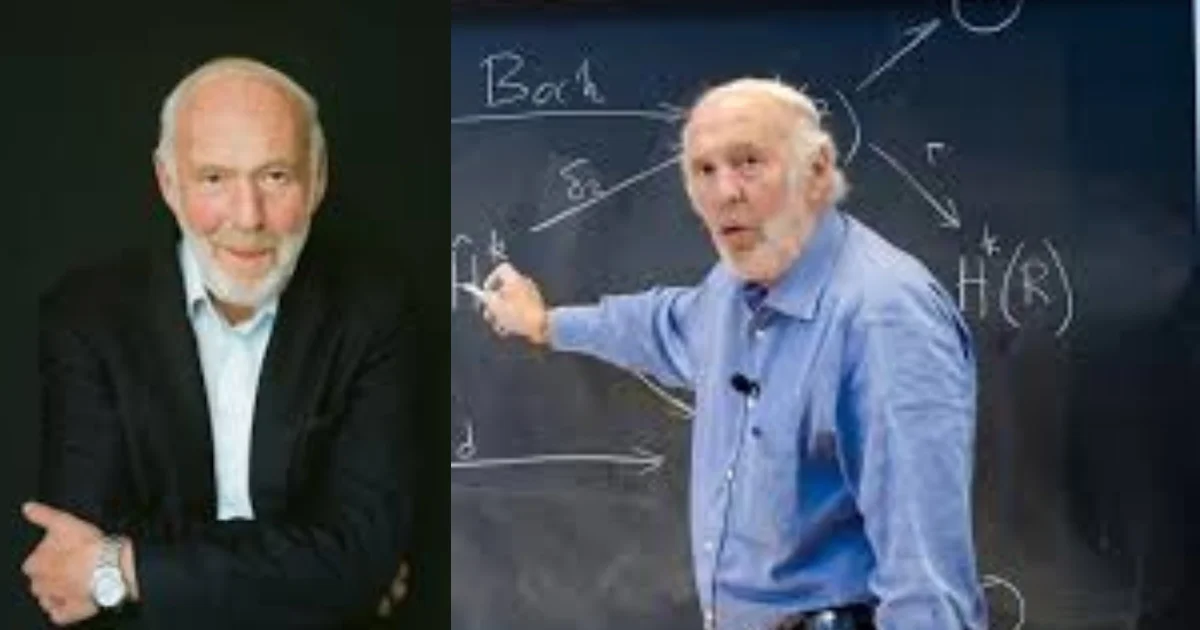Jim Simons isn’t a household name like Warren Buffett or Elon Musk, but in the world of trading, he’s a legend. His hedge fund, Renaissance Technologies, has made more money than any other in history. But Simons didn’t follow the usual Wall Street playbook—he rewrote it using math.
From Mathematician to Market Master
Jim Simons started his career far from finance. He earned a Ph.D. in mathematics at age 23, worked as a Cold War codebreaker for the NSA, and became a respected academic. But in the late 1970s, he took a sharp turn: he believed the financial markets weren’t random but instead held hidden patterns—patterns a mathematician could uncover.
So he left academia, opened a small hedge fund, and started testing his theory.
The Renaissance Revolution
Simons founded Renaissance Technologies in 1982. Unlike traditional investors who relied on economic forecasts or company analysis, Simons hired physicists, mathematicians, statisticians, and computer scientists. No finance experience required—just brainpower.
Their approach was pure data. They collected massive amounts of market information and used complex algorithms to find statistical patterns. These models told them when to buy and sell—often holding positions for just seconds or minutes.
Most people laughed at the idea. Simons didn’t care.
The Medallion Fund: Wall Street’s Black Box
Renaissance’s crown jewel is the Medallion Fund, available only to employees. Its performance is jaw-dropping: an average annual return of around 66% before fees for over two decades. After fees (which are famously high), it still delivered about 39% annually—a return unmatched by any other fund.
To put it simply: if you had invested $1,000 in Medallion in 1988 and reinvested profits, you’d have over $20 million by now.
The Secret Sauce
Simons’s team cracked what others couldn’t: markets aren’t efficient. They may look random, but deep inside are tiny signals buried in the noise. Renaissance built machine learning models before “machine learning” was a buzzword.
Their trading wasn’t based on gut feelings. It was cold, calculated math—updated constantly and executed flawlessly by computers.
Even after Simons stepped down from day-to-day operations in 2009, the system he built kept printing profits.
Legacy and Impact
Jim Simons became one of the richest people in the world, with a net worth over $20 billion. But he didn’t stop at money. He’s a major philanthropist, giving billions to science, math education, autism research, and more.
In trading, Simons proved that markets could be conquered—not with instinct, but with intellect. He showed that data beats opinion, and that logic and precision can win in a field ruled by chaos and emotion.
Jim Simons didn’t just make billions—he changed how the game is played. His success wasn’t about making bets. It was about cracking codes, building systems, and letting the math lead the way.
That’s not luck. That’s strategy.

Business Consultant | Web designer & Developer | Social media Manager | SEO | Passionate Learner, I am deeply passionate about learning and continuously improving my skills.
My interests are diverse, ranging from music and singing to computers and programming languages, digital art, AI




